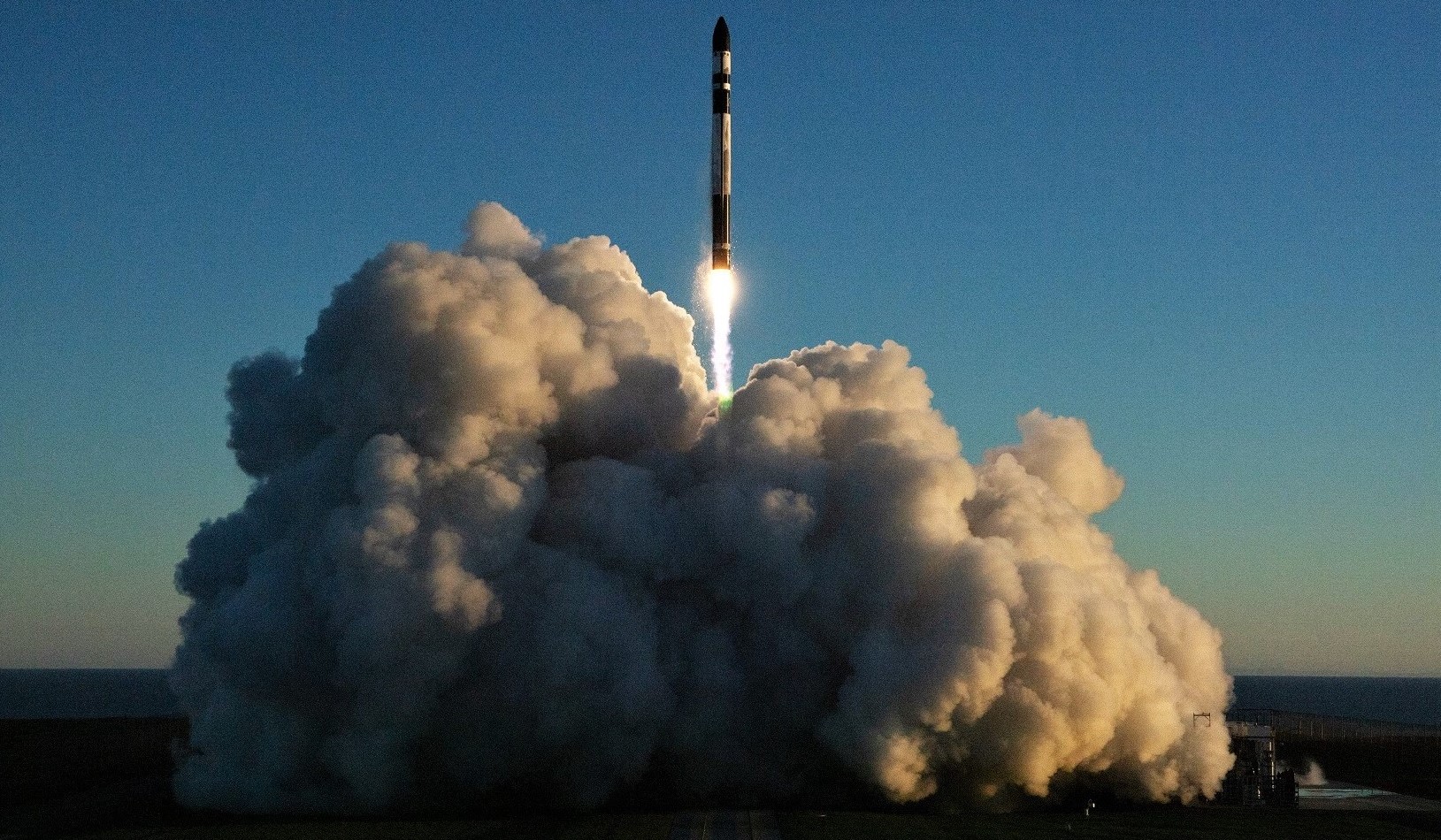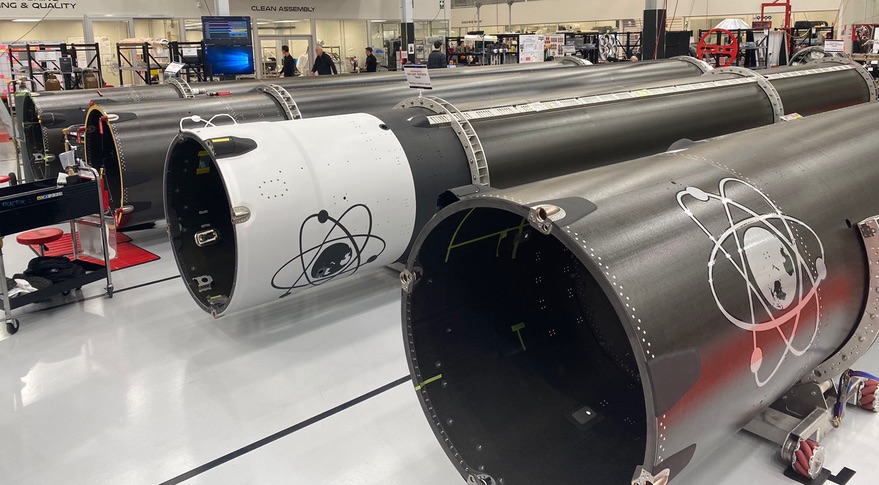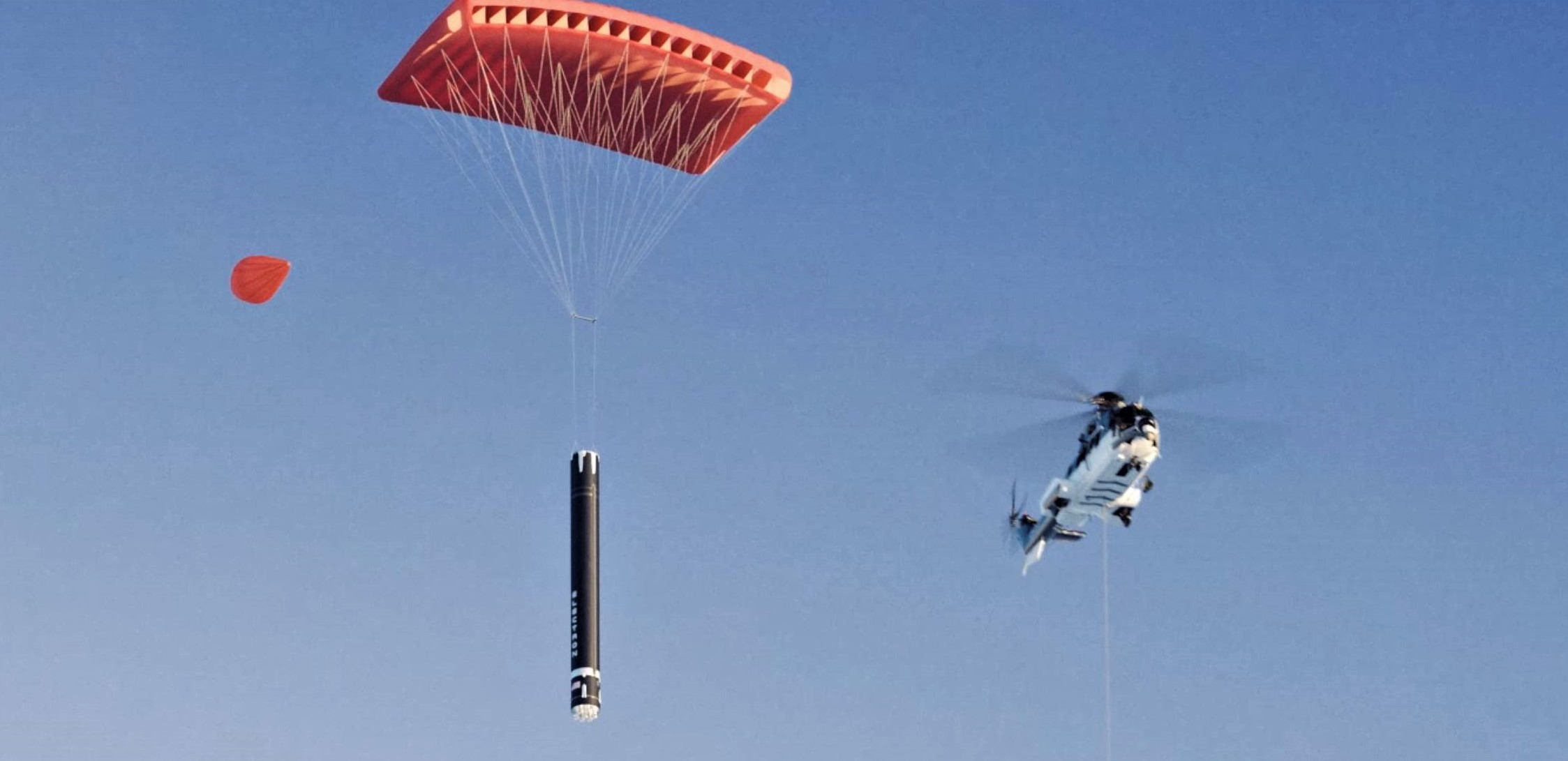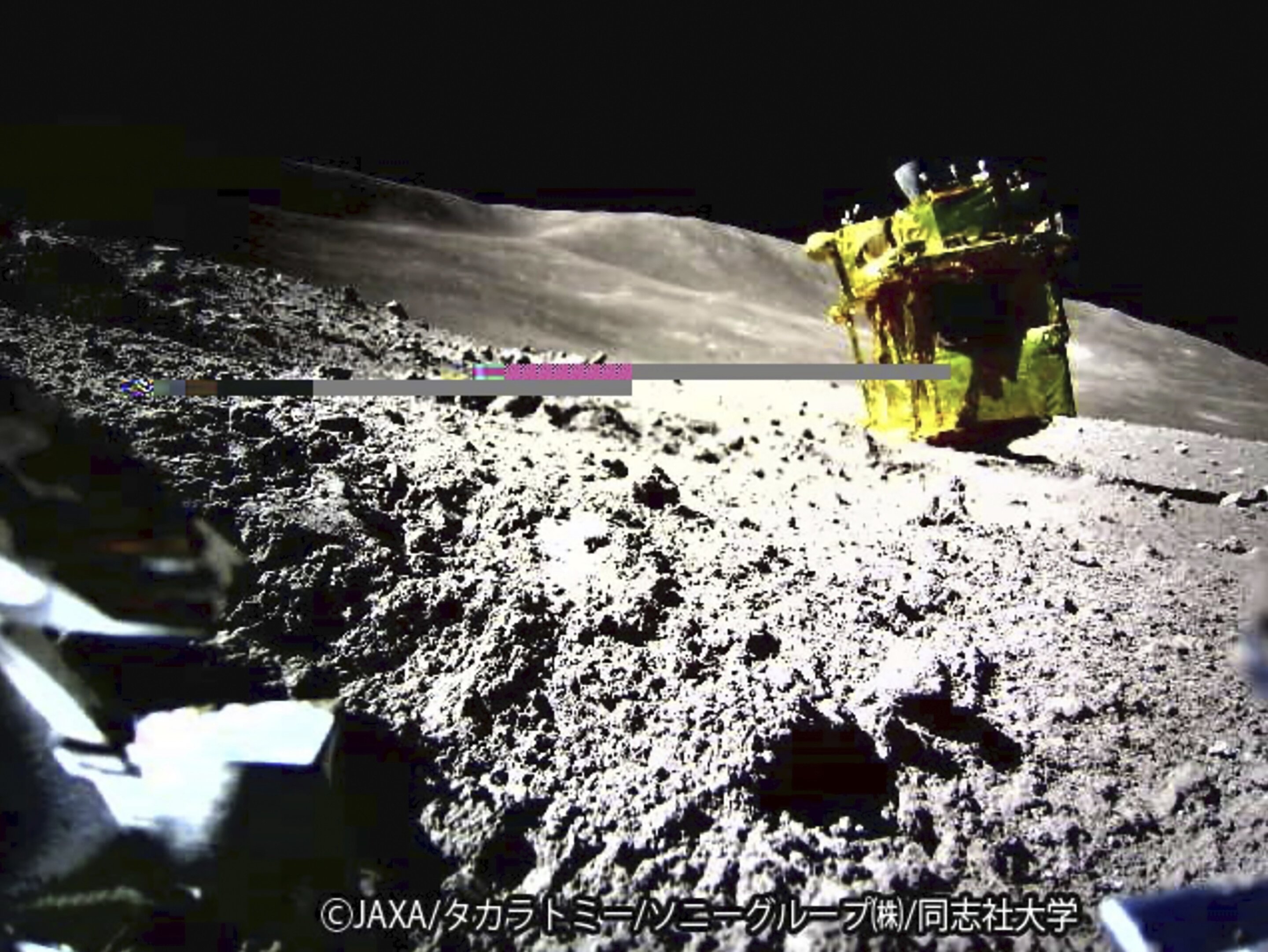
Rocket Lab, the New Zealand / US commercial launch provider, is gradually increasing the annual launch cadence of its Electron rocket, as the company continues to garner a solid reputation as a provider of a reliable launch platform whilst also building-out other aspects of its business.
Founded in 2006 in New Zealand by entrepreneur Peter Beck, Rocket Lab initially developed the Ātea (Māori for “space”) sub-orbital sounding rocket, which made its first (and only) flight in 2009 with the Manu Karere or “Bird Messenger” mission. Although a sub-orbital class of rocket, the Ātea -1 nevertheless pushed its upper stage and payload beyond the von Kármán line, the arbitrary “boundary” between the Earth’s atmosphere and space sitting at 100 km altitude (although the Earth’s atmosphere actually extends – albeit tenuously – far further than this), technically making Rocket Lab the first private company in the Southern Hemisphere to reach space.
The company started developing Electron Rocket after being awarded a 2010 US Government contract to study the use of a small-scale launch vehicle specifically geared towards servicing the developing cubesat market – a contract which in part lead to the company relocating to the United States in 2012-13 and taking up residence in California, with its New Zealand operations becoming a wholly owned subsidiary of the US business.

A two-stage rocket standing 18 metres tall, Electron made its first flight in May 2017. This did not go as planned and no payload was carried, justifying the mission’s name: It’s A Test. However, the next flight (the first of three in 2018), called Still Testing, successfully delivered a payload of cubesats to orbit, whilst the next flight, called It’s Business Time saw the commencement of commercial launch operations. At the time of writing, Electron has clocked up an impressive 42 successful flights and payload deployments out of 46 launches, with customers paying between US $5 and $10 million per launch.
While this launch rate perhaps doesn’t sound like a lot when compared to SpaceX and its Falcon family, it needs to be remembered that while much is made of the annual volume of Falcon launches, less than 25% of them are actually directly revenue generating commercial sector launches; the vast majority (an average of 60% per year for four years) have been Starlink launches, for which SpaceX absorbs the cost (approx. US $40 million a launch) for no revenue, with a further 15%+ being far more lucrative US-government related launches. By contrast – although the margin of revenue over cost is much smaller, Electron should almost double Falcon’s 4-year average of commercial launches (13.25 per annum) in 2024, if all 21 of its commercial launches are successful (the company also has 4 government contracted launches to complete in 2024 as well).

Currently, Electron is not reusable, making its launch costs higher than they might be. However, the company is looking to change this by recovering spent Electron first stages after splashdown and then refurbishing and reusing their nine Rutherford motors – the rocket motors being the most expensive element of the launch vehicle. The first re-use of a refurbished Rutherford motor took place in 2023, with Electron’s 40th flight, the the company is now building on this.
As well as commercial launch customers, Rocket Lab has garnered US government contracts from NASA, the National Reconnaissance Office and the United States Space Force, with the latter in recent months awarding the company contracts worth some US $547 million to develop and launch satellites as a part of the US military’s Proliferated Warfighter Space Architecture (PWSA), a constellation of satellites from a number of suppliers which provides communications, information gathering, target tracking, etc., to the US military in battlefield and tactical / logistical operations. In addition, Rocket Lab has provided both its US and New Zealand launch services to other governments as well, including France, South Korea and the Australian government.
Nor is the company resting on its laurels with Electron. Despite once saying he would eat his hat if Rocket Lab ever moved towards making a reusable launch system – his belief being that if the engines could be recovered and reused, that was enough – in March 2021 Rocket Lab announced they were to commence work on a medium-lift (8 – 13 tonnes payload range) launch vehicle.
Called Neutron, the reusable vehicle was introduced to the world on March 1st, 2021 in a video which saw Peter Beck keep his promise: he ate his hat (or some of it, at least).
Neutron – unlike SpaceX’s Starship / Super Heavy – has been designed from the ground-up to meet the needs of a number of existing government and commercial markets: the growing smallsat constellation market (which in and of itself is perhaps increasing more issues they it is potentially solving); medium payloads to LEO, SSO and also to geostationary transfer orbit (GTO – e.g. to other planets); and human space flight. It will achieve all of this in a novel approach.
Classified a 2-stage launch vehicle, Neutron will not have a conventional upper stage. Instead, the payload booster and payload will be contained inside the first stage. After passing through the majority of the atmosphere and entering a post-engine shutdown ballistic flight, the upper portion of the Neutron will open to eject the payload. Once the latter is clear, Neutron will use its thrusters to flip itself away from the “upper” stage, allowing the latter to fire its motor and push the payload on to its assigned orbit. Other factors then come into play – such as the shape of the Neutron, the re-use of at least one of its motors, etc – that will allow the rocket to make a propulsive return to launch sight descent and landing.
The advantages of this approach are multiple. Incorporating the upper stage into the rocket means that it can be smaller and lighter, as it does not require the additional structural reinforcement needed for it to be the fist of the rocket as it punches its way up through the atmosphere. Similarly, the integration of the protective payload fairings into the main rocket both increases the overall structural integrity of the vehicle and means they are not simply thrown away during a launch, removing the cost of a brand new set of fairings with each launch.

However, there are also potential issues with the approach which Rocket Lab will have to demonstrate they can address. For example, human-rated vehicles generally require means by which a crew can be hauled clear should the rocket malfunction. Clearly, if you are carrying your crew inside the rocket to start with, then getting them out of it will take longer that simply blasting them clear with powerful motors, as can easily be done when they are sitting at the pointy end of the rocket.
Currently, the first Neutron flight is targeting a late 2024 launch – which is an ambitious target for a project only announced in 2021, and which requires not only the development of the launch vehicle, but its propulsion system and fabrication facilities. As such, whether Rocket Lab achieve it or not is still open to debate.
The engine for Neutron is called Archimedes engine, and it is being built by Rocket Lab at their facilities in California. Primarily constructed using 3D printing, nine Archimedes motors will power the Neutron core stage with a further motor powering the “upper” stage.
Meanwhile, ground was broken for the rocket’s production facility in April 2022 at the Mid-Atlantic Regional Spaceport (MARS) within NASA’s Wallops Flight Facility on the eastern coast of Virginia, USA – the MARS spaceport being the base of operations for Neutron, with no plans (at present) to launch the vehicle from New Zealand or elsewhere.
In addition to launch vehicles and satellites, Rocket Lab also produces the Photon satellite bus, designed for a variety of uses, including lifting satellites to their assigned orbits and providing power and propulsion for interplanetary payloads. Photon is an attractive vehicle for government space agencies and the private sector, as it can be flown on a variety of launch vehicles and can utilise a wide range of rocket motors, such as Rocket Lab’s other engines, the Curie and HyperCurie and those from third-party suppliers, engine selection being based on mission requirements.
As such, while Rocket Lab might be small (literally and figuratively) when compared to SpaceX’s Goliath, it is (a bit like David was in that particular fight) the one to keep an eye on.
NASA: Voyager 1 and Hubble – Good News / Bad News
After a five month period of anxiety in which the spacecraft has been sending gibberish back to Earth, NASA’s Voyager 1 spacecraft, the most distant human-made object from Earth so far made, has resumed sending understandable engineering data.
As I’ve been covering in these pages, Voyager 1 started sending gibberish back to Earth during routine communications since mid-November 2023, although it has remained fully capable of receiving and acting upon instructions from Earth. This resulted both in a suspension of the spacecraft’s science activities and an inability for engineers to determine the vehicle’s overall operational state.

Since then, investigations initially narrowed the potential issue as lying with one of two systems: the spacecraft’s telemetry modulation unit (TMU), responsible for sending data to Earth; or the flight data subsystem (FDS), responsible for the actual packaging of that data ready for transmission to Earth. Further work determined the issue as lying within the FDS, although exactly what has gone wrong remained a puzzle.
Then, and as I reported in March (see: Space Sunday: starships, volcanoes and Voyagers), an engineer from NASA’s Deep Space Tracking Network (DSN), which handles all communications with NASA’s multiple deep-space missions, noticed something odd about some outlier data the communications received from Voyager 1 – it did not appear to be gibberish. Digging deeper, he realised it was actually a complete dump of the FDS’s memory.
This allows engineers to determine a single memory chip within the FDS has failed, corrupting about 3% of the system’s memory; just enough for the data packaging operation to be thrown into disarray and result in gibberish. The cause identified, the problem became how to fix it.
The most obvious means to doe so would be to tell the spacecraft not to use the corrupted memory for data processing. However, that required instructing the FDS to use other memory space – and there wasn’t a single address space in the system large enough to match the corrupted memory and manage its own data processing. As a result, the engineers broke the problem down into a series of steps.
The first step was to updated the FDS software so that the system could take the data normally handled by the corrupted data so that it could be handled through several other parts of the FDS memory, and without messing up any of the other data they had to manage. This recoding was carried out during March and April, and on April 18th, 2024, the updated software was sent to Voyager 1. Then came a nigh-on 48 hours wait for a response: it takes 22.5 hours for a signal from Earth to reach Voyager 1, which then has to execute the code, carry out the instructions related to it, and send a reply – requiring another 22.5 hours to reach Earth.
If the engineers were correct and the update correct, then the response from Voyager 1 should be an engineering update on its overall status. On April 20th, that’s exactly what the mission team at NASA’s Jet Propulsion Laboratory received, and for the first time and for the first time in five months, Voyager 1 weas once again communicating with meaningful data.

The next steps in the process are to ensure that all science data can be similarly re-routed through the FDS to avoid the corrupted memory sent to Earth without anything becoming confused, and then finally to ensure the faulty memory is completely ignored by all FDS processing and by any of Voyager 1’s systems that interact with the FDS. These steps are expected to take several more weeks. Nevertheless, the fact that Voyager 1 is once again “transmitting in the clear”, so to speak, is welcome news.
Unfortunately, things are not so good with the Hubble Space Telescope (HST), with NASA reporting it is again experience issues with its gyroscopes for the second time in the last six months – and the problem appears to lie with the space gyro that had problems in November 2023.
The gyroscopes are used to precisely point the telescope at targets and hold it steady during imaging. Originally, HST used 3 pairs of gyros, which were periodically swapped-out during servicing missions. However, the last time all six gyros were replaced was during the last servicing mission of 2009 – since the retirement of the space shuttle, NASA has not had the means to safely carry out such a mission, and in the intervening time, three of the gyros have failed completely.

Such failures are the result of wear and tear affecting wires less than the width of a human hair and called flex leads which pass through the gyros carrying power and data. As the gyros operate, these flex leads well, flex; but they also slowly corrode as a result of this flexing and can eventually break. One sign of this possibly occurring can be seen when a gyro starts to show power fluctuations. This happened during the past week, causing the gyro to enter a “safe” mode.
As a result, and after allowing the telescope to enter a contingency mode were it can – at reduced capability – function on just two gyros for a few days, on Sunday, April 28th, 2024, NASA completely paused the telescope’s science operations in order to more fully investigate the gyro’s problems in order to try to determine if it is about to suffer a flex lead failure, or whether there is another cause of the gyro’s woes, as was the case in November 2023.
If it turns out the gyro cannot be safely restored to an operational state, NASA has indicated it will switch Hubble over to operating on just a single gyro – permanently degrading its capabilities – in order to hold the second functional gyro as a reserve against any further gyro failure.
Japan’s Moon Sniper Wakes Up – Again
As I’ve previously reported in these pages, Japan became the fifth nation to successful land a spacecraft on the Moon when its Smart Lander for Investigating Moon (SLIM – also called “Moon Sniper”) arrived on the lunar surface on January 19th, 2024. Unfortunately, the craft arrived upside down, as confirmed by images returned by one of the two micro-rovers deposited on the lunar surface as a part of the mission (see: Space Sunday: a helicopter that could; a lander on its head and Space Sunday: More Moon (with people!) and a bit of Mars) – although precisely why it did has not been 100% confirmed.
Despite this, the vehicle was able to complete the majority of its science mission before being put in a dormant state with the onset of the long lunar night. At the time – the start of February – it was not anticipated that the craft would survive the 14 terrestrial day period without sunlight to warm it and provide energy to power its batteries. But it did; as it started to receive sunlight once more in late February, it called home.

Whilst the team responsible for the spacecraft had hoped this might be the case, they were unable to get the vehicle to resume science operations and, after a further 14 terrestrial days of sunlight, SLIM went back to sleep for a second night. This time, it was not expected to wake up and the mission team disbanded – only to come back together in March 2024, when SLIM did indeed wake up as it received daylight, and started ‘phoning home and sending images, which it continued to do until night came yet again.
This time, the mission team were sure the vehicle would not call home once sunlight had returned to its landing spot and once again, they’ve been proven wrong. SLIM again ‘phoned home on April 24th, 2024, although it is unclear whether or not the mission team have been able to re-establish any of the vehicle’s science gathering activities. Even so, that the craft has thus far survived three long lunar nights again proves Japan’s prowess with their space technology.